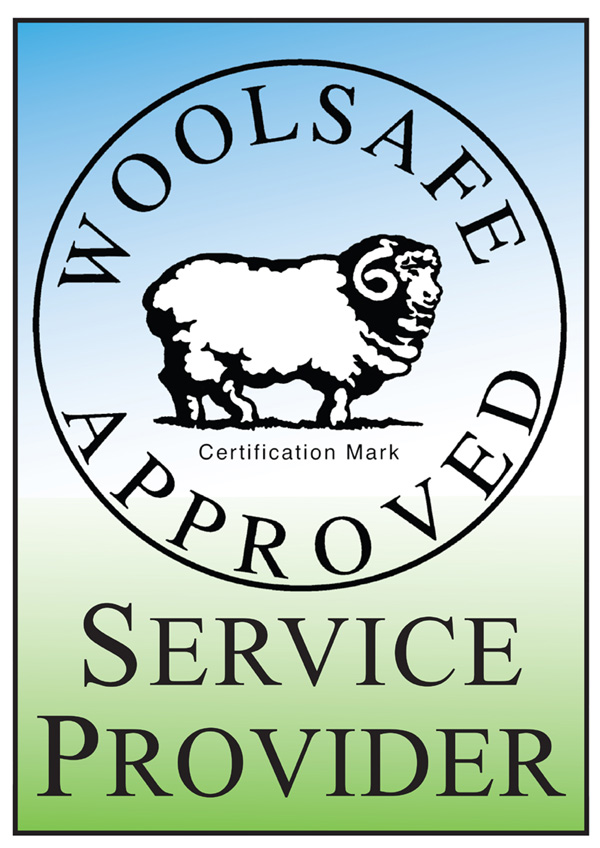FREQUENTLY ASKED QUESTIONS - HANDMADE RUGS
Discover the Artistry and Craftsmanship of Handmade Rugs
Handmade rugs are more than just floor coverings—they are timeless works of art that tell stories through intricate designs, rich symbolism, and centuries-old weaving techniques. Whether you're a collector, interior designer, or simply a rug enthusiity, understanding the characteristics of authentic handmade rugs can help you appreciate their value and beauty. From identifying hand-knotted craftsmanship to interpreting the hidden meanings behind traditional motifs, this guide explores everything you need to know about these exquisite textiles. Learn how to care for your rugs properly, determine their age and value, and choose the perfect size for your space, all while uncovering the fascinating cultural heritage woven into every thread.
How Can I Tell if My Rug is Handmade?
To determine if your rug is handmade, examine the back of the carpet:
- Hand-knotted rugs feature varied, slightly wavy warps and wefts, unlike the uniform grid of machine-made rugs.
- Check the tightness of the weave and ensure the design is as clear on the back as it is on the front.
- Some master designers and weavers sign their rugs, often incorporating their signature and date into the design near the upper edge.
1. How Do I Clean My Carpet?
Due to their tight knots and durable materials, handmade rugs require minimal maintenance. For wool rugs:
- Use an electric sweeper for regular cleaning.
- For spills, act quickly with a mild detergent like Woolite.
- For delicate materials like silk, consult a professional cleaner.
2. How Do I Classify a Rug’s Age?
- Old: Less than 50 years old
- Semi-antique: 50–80 years old
- Antique: More than 80 years old
3. How Do I Pick the Right Sized Rug?
Avoid common sizing mistakes:
- Ensure the rug isn’t too small for the space.
- Measure dining areas with chairs pulled out to allow enough room.
- Provide both the largest and smallest possible measurements for flexibility.
4. What Do the Symbols and Colors Represent in Oriental Rug Motifs?
Handmade Oriental rugs often incorporate symbolic designs with multiple interpretations. Common motifs and their possible meanings include:
- Camel: Wealth, prosperity
- Cypress Tree: Strength, endurance
- Tree of Life: Eternity, spiritual journey
- Chicken/Rooster: New beginnings, vitality
- Bird: Paradise, faith
- Star: Spirituality, good luck
- Carnation: Happiness
- Pomegranate: Abundance, fertility
- Paisley Design: Flame, universe
- Jug: Purification
5. How Long Does It Take to Make a Handmade Rug?
Authentic Persian rugs are entirely handmade, with production time varying by size:
- Small rugs (3′ × 5′): Several months
- Medium rugs (5′ × 8′): Up to a year
- Large rugs (10′ × 20′): Multiple years
- High-knot-count silk rugs (1,000+ knots per square inch): May take a lifetime to complete.
6. How Can I Determine the Value of My Carpet?
Several factors influence a rug’s value:
- Handmade vs. Machine-Made: Handmade rugs are more valuable, with identical front and back designs.
- Knot Count: Higher knots per square inch increase value.
- Design Complexity: Intricate patterns are prized.
- Materials: Silk rugs are the most expensive due to their high knot density and labor-intensive weaving. Persian wool is also highly valued for its lustrous fibers.
- Age: Antique rugs are often pricier due to rarity and demand, not necessarily superior quality.
|





